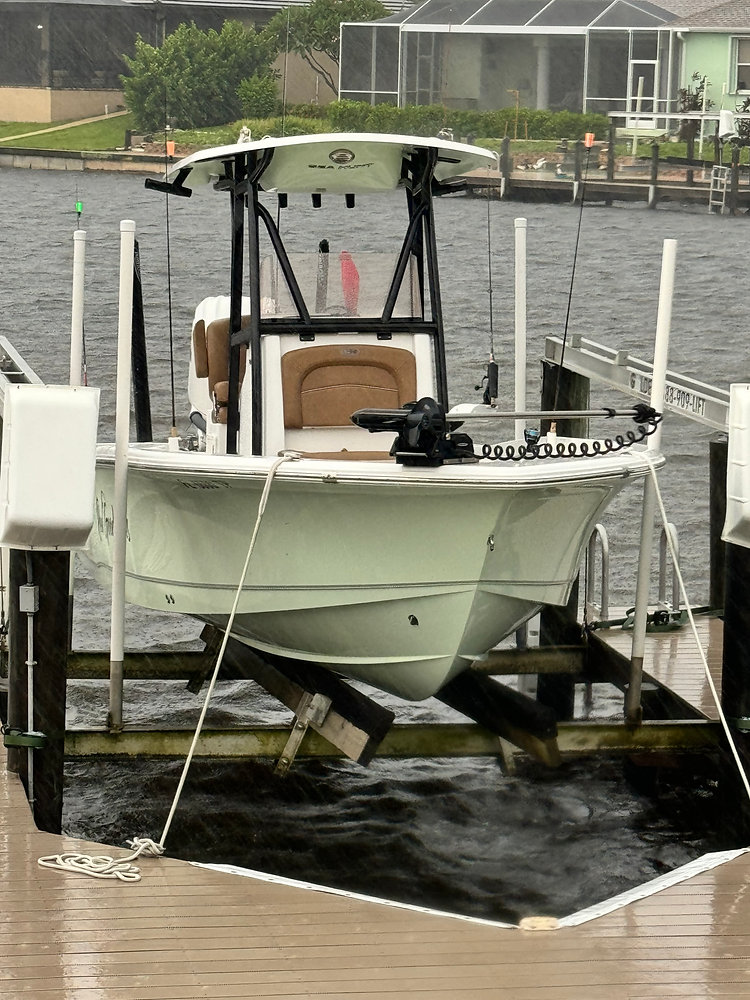Fishing after a tropical storm can be both challenging and rewarding, but it requires careful consideration of several factors:
1. Safety First
-
Weather Conditions: Ensure the storm has fully passed and there are no lingering severe weather conditions. Check the forecast for clear skies and calm waters before heading out.
-
Water Conditions: After a storm, water levels can be higher, and currents stronger. Debris can also be an issue, so be cautious.
2. Fishing Conditions
-
Water Clarity: Tropical storms often stir up sediment, producing murky water. This can make it harder for fish to see lures, but they may rely more on scent or sound to find prey.
-
Water Temperature: The storm can mix different water layers, potentially changing the temperature and affecting where fish might be.
-
Bait Movement: Storms can displace baitfish, often pushing them into different areas or closer to shore. Predatory fish might follow them, making it easier to locate schools of fish.
3. Fishing Strategy
-
Location: Focus on sheltered areas like bays, inlets, and estuaries where fish might seek refuge from rougher waters. Also, consider areas where freshwater runoff might have created pockets of different salinity or temperature.
-
Tackle: Use lures that create vibrations or noise to attract fish in murky water, such as spinnerbaits, crankbaits, or soft plastics with rattles.
-
Timing: Fish might be more active shortly after the storm due to changes in pressure and increased feeding opportunities.
4. Species Consideration
-
Inshore Species: Fish like redfish, snook, and speckled trout are often more active after a storm, especially in estuaries and nearshore waters.
-
Offshore Species: Pelagic fish like tuna or mahi-mahi might be pushed closer to shore, but conditions can be more unpredictable offshore, so extra caution is advised.
5. Post-Storm Effects
-
Debris: Be mindful of debris both on the water and beneath the surface, which can be hazardous to your boat and fishing gear.
-
Pressure Change: Fish often respond to the changes in barometric pressure associated with storms, which can alter their feeding behavior.
By staying aware of the environmental changes and adjusting your approach accordingly, you can have a successful fishing trip even after a tropical storm.

Source link


